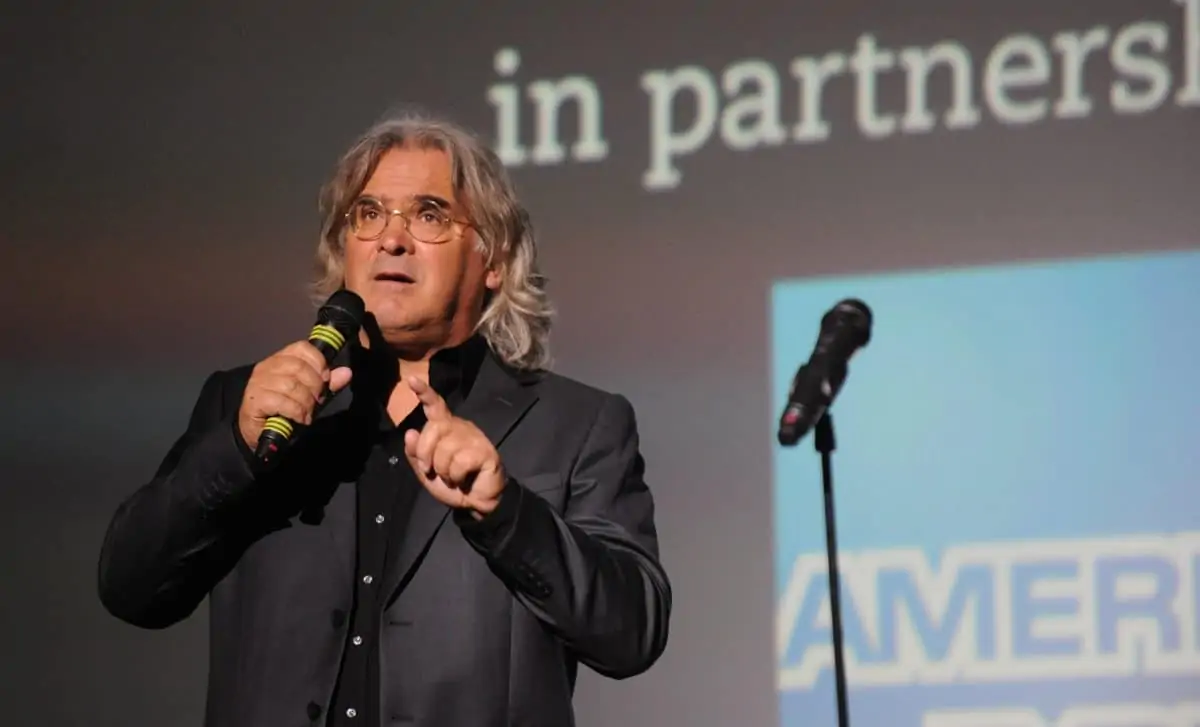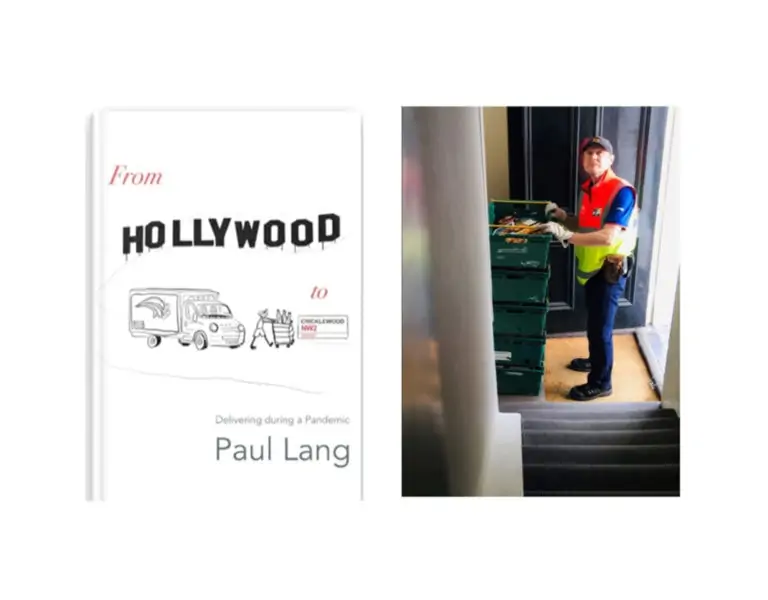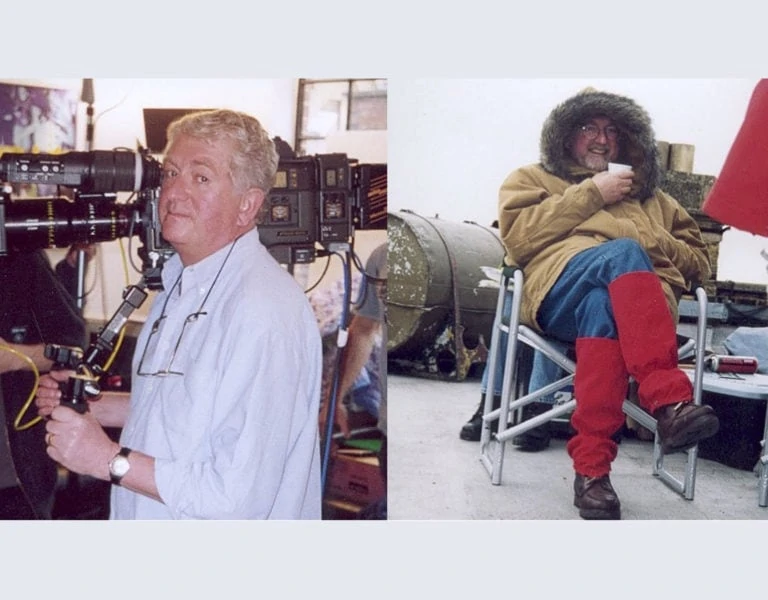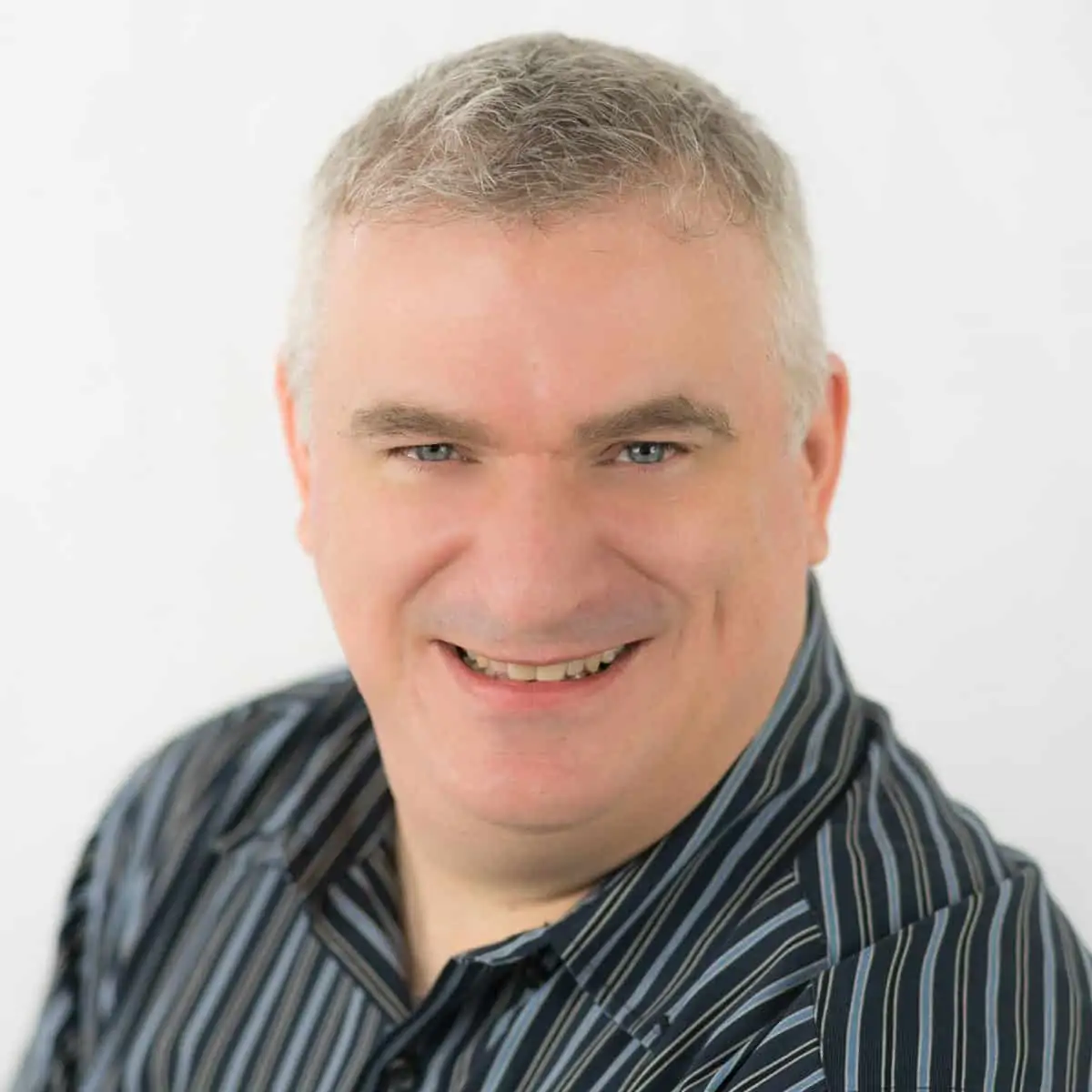Shining a light on…
Gaffers ‘R’ Us / Paul McGeachan
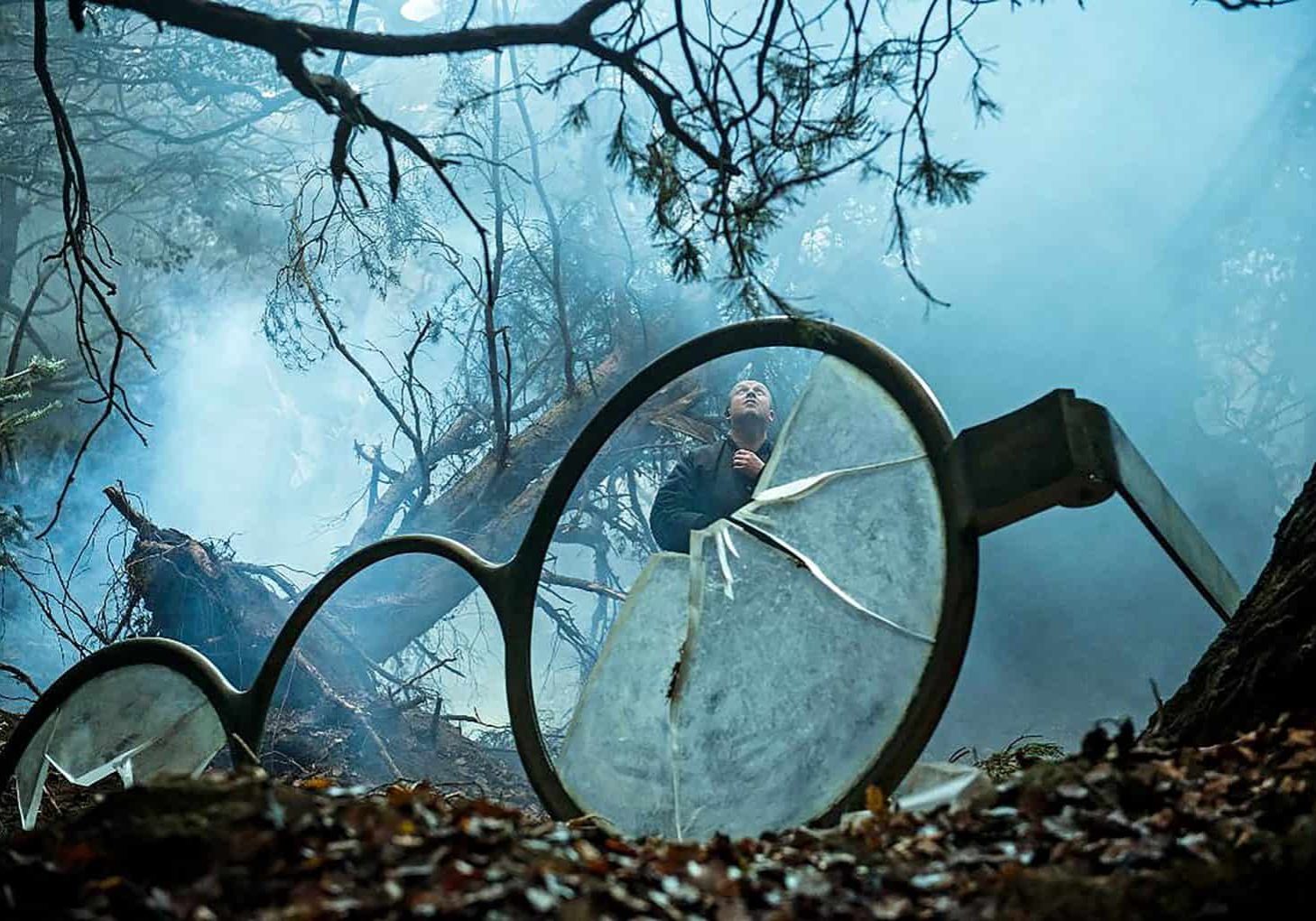
Shining a light on…
Gaffers ‘R’ Us / Paul McGeachan
Lead image: Into The Woods (2014)
BY: David Wood
Fact file
Age: 46
Born: Bridgeton, Glasgow
School: Sacred Heart Primary
Lives: Marlow, Buckinghamshire
Status: Married with two children
Passions: Golf
Big break: Lee Lighting, London & Glasgow
Selected filmography (as gaffer, unless otherwise stated):
The One And Only Ivan (2019)
King Of Thieves (2018)
A Very English Scandal (TV mini-series) (2018)
All The Money In The World (2017) (UK shoot)
Disobedience (2017)
Victoria & Abdul (2017)
Final Portrait (2017)
Jack Reacher: Never Go Back (2016) (UK shoot)
Florence Foster Jenkins (2016)
The Brothers Grimsby (2016) (gaffer: UK)
The Danish Girl (2015) (DP: second unit & gaffer: main unit)
Everest (2015)
Into The Woods (2014)
One Chance (2013)
About Time (2013)
Les Misérables (2012)
Gambit (2012)
Johnny English Reborn (2011)
This Is England '86 (TV mini-series) (2010)
The King's Speech (2010)
Dog Alone (TV series) (2009)
Glorious 39 (2009)
Pirate Radio (2009)
God On Trial (TV Movie) (2008)
Secret Diary Of A Call Girl (TV series) (2007)
Capturing Mary (TV movie) (2007)
Closing The Ring (2007) (best boy: Northern Ireland)
I Want Candy (2007)
Longford (TV movie) (2006)
Soundproof (TV movie) (2006)
Pierrepoint: The Last Hangman (2005)
Early years
I was a qualified electrician and didn't intend to break into the world of film lighting. Until, that was, I managed to find myself a job at Lee Lighting in London. Mick and Jim Dowling and Gary Thornhill all helped get me a start at Lee London, and then helped me get the job in Lee Lighting's Glasgow office. I started in the stores and worked my way up.
Lighting the 007 Stage
One of the best things about film lighting is that no job is ever the same.
On the 007 Stage at Pinewood I have lit Everest and more recently The One And Only Ivan. On Everest we used a mixture of 600 Flo Banks and nearly 300 Image 80s to provide a high level of ambient light and recreate the brightness of a high-altitude mountainous environment, which was being shot as a 360-degree greenscreen. We used these sources because they are low-energy lights and can generate a lot of light without a lot of heat – the set needed to be kept cold as we were using a lot of real snow.
On The One And Only Ivan we used 200 Chroma Q Space lights and 450 Sky Panels, which are so versatile and controllable that today you’d find them on most lighting jobs regardless of whether it’s a film, TV drama or commercial. We needed to recreate a variety of different lighting scenarios, from sunny days, to evenings to nighttime. With the Sky Panels, you can dial-in any colour you want.
Practical crews
Building lighting into the set design is becoming more and more common in features these days, rather than just shining light on a set. As a result, practical crews are becoming a big thing. On The One And Only Ivan the practical rigging crew was bigger than the lighting rigging crew. There were 10-12 people on it compared to eight rigging crew. They recreated the lighting environment of an American shopping mall using a wide range of sources from neon to fluorescent, Tungsten and sodium lighting.
Working on The Danish Girl
This film, about the world's first transgender sex reassignment, was set in Belgium and Denmark, and involved a lot of on-location shooting. Director Tom Hooper wanted a lot of soft lighting, especially for the scenes when Eddie Redmayne became Lily. Eddie had to look really good, which meant the facial tones had to look good. Collaborating with the DP Danny Cohen BSC, we decided to go for Tungsten and daylight sources rather than LEDs, because they give a nicer glow to the image. My job was made easy by the fact that both Eddie and Alicia Vikander were both stunning and easy to light.
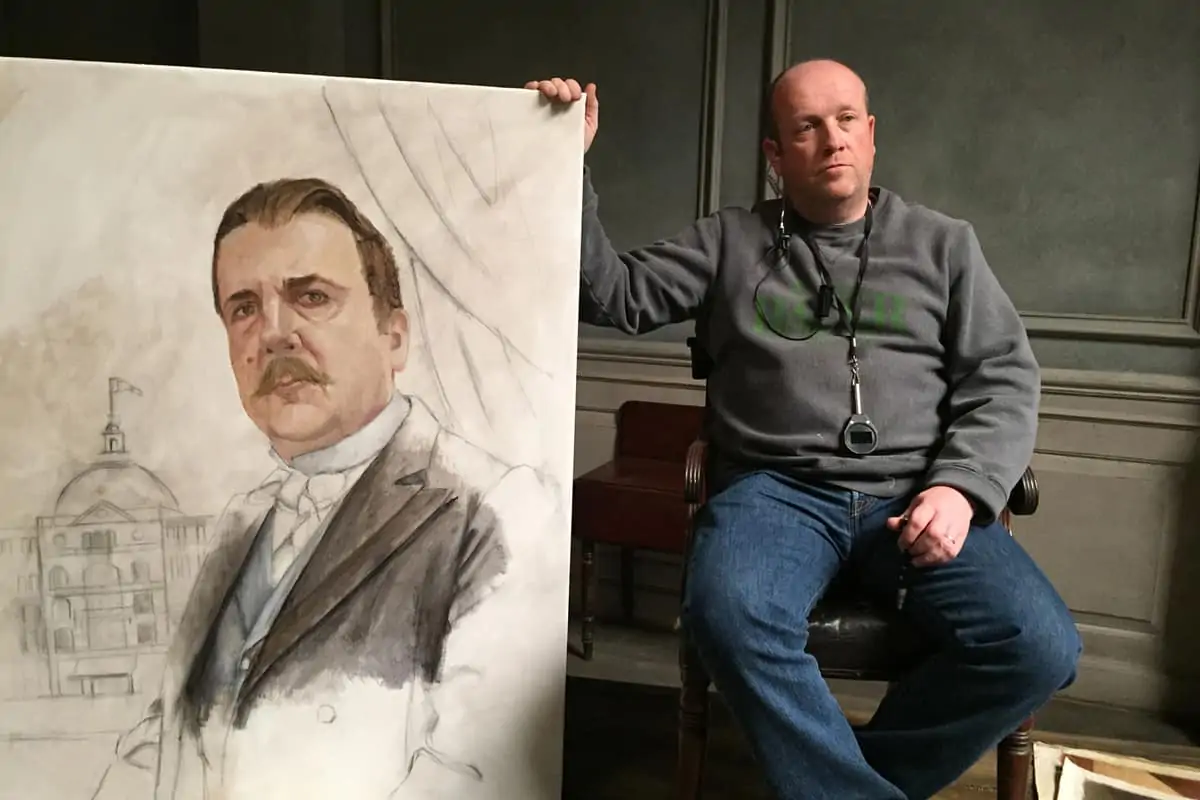
The role of the gaffer
To be successful in film lighting you have to combine both the artistic and practical sides of the job. The very important practical side involves sourcing the right scaffolding, cabling and lighting, and getting all that in place and working properly. Another important skill is translating the wishes of the cinematographer into a look. Whoever the DP is, the gaffer's job always starts with a conversation. Some DPs give you a very specific look to create, others are much less prescriptive. But either way it's about translating what they ask for into reality.
Working with Danny Cohen BSC
I first worked with Danny on the Granada Television drama Pierrepoint: The Last Hangman, and since then I have been fortunate to work on a number of projects with him, including really decent films such as The Kings Speech, Les Misérables, The Danish Girl and King Of Thieves. I think a lot of it's down to luck really, and how you gel with certain people.
Lighting Victoria & Abdul at Belvoir Castle
Shooting the breakfast scene with Judy Dench presented us with quite a few challenges. First of all, shooting in the autumn we knew we were going to lose the light during the second part of the day. But during the first part of the day, the lower level sun could stream through the windows on the third floor where the scene took place. We needed a way to produce a constant light through those windows, but we didn’t have scaffolding or cranes at our disposal, because there was nothing to build on, and it would have taken too long. The solution to the problem was to use seven Airstar inflatable Hybrid 9K balloons filled with helium, which have Tungsten and daylights inside. We couldn’t touch the windows or lean rigs against the outside walls, but we could anchor the balloons against the windows.
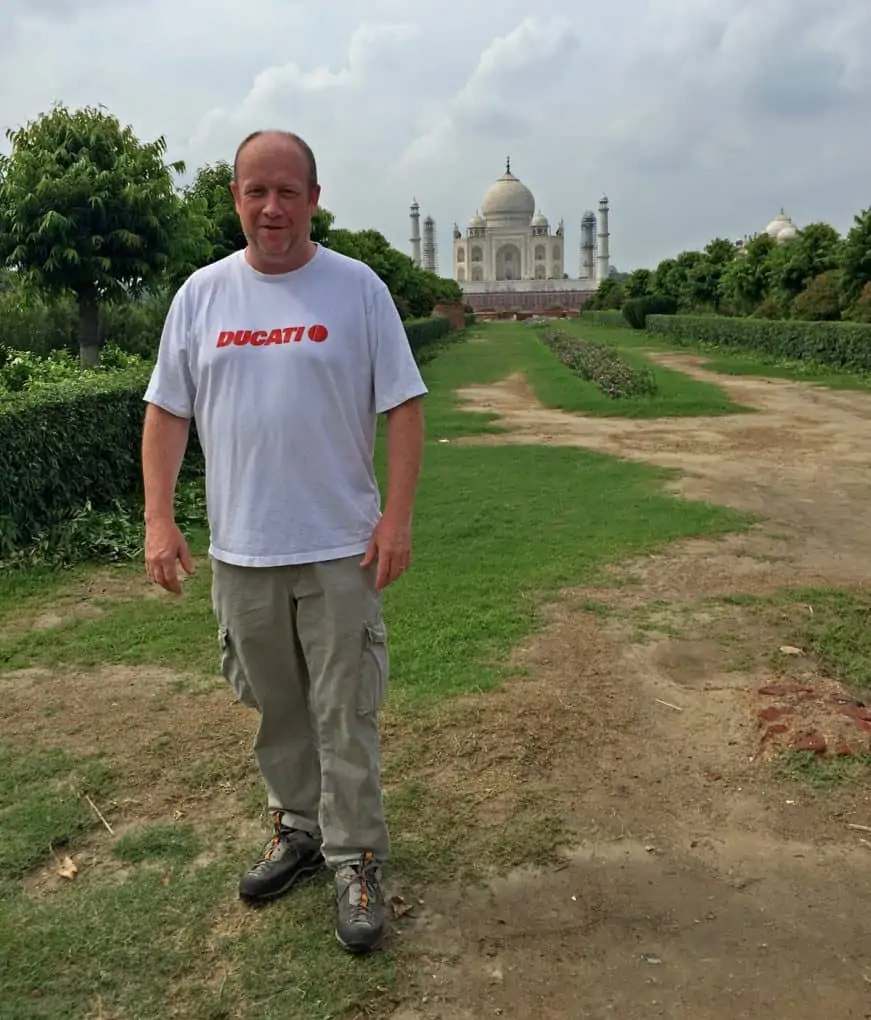
"On film, you pretty much knew where you were all the time, but different digital cameras handle light differently. Even though they are more sensitive, it doesn’t mean they are better. DPs apply different LUTs to the rushes, but some digital cameras can be very unkind to faces and sets, so you have to pay a lot of attention to the image."
- Paul McGeachan
My crew
My crew is pretty stable. I have worked with the same basic team for years now, which includes my best boy Steve Roberts, rigging gaffer Will Kendal, regular sparks Thomas Tann and Steve Walsh, desk op Chris Gilbertson, and electrical rigger Guy Cope. Having a core team makes the whole business of film lighting much easier. Everybody knows the role they play – including me – and I make a lot of effort to keep this core team together.
Working with new cameras
One trend is that cameras are constantly evolving, and their sensors are becoming increasingly sensitive, which has meant that the role of the gaffer has changed a bit over the years. On film, you pretty much knew where you were all the time, but different digital cameras handle light differently. Even though they are more sensitive, it doesn’t mean they are better, at least not for me. DPs apply different LUTs to the rushes, but some digital cameras can be very unkind to faces and sets. So you have to pay a lot of attention to the image. Gaffers spend a lot of time at a monitor now, checking to see what's visible and tweaking the light accordingly.
LEDs
The era of LEDs has changed everything – you can change colour temperatures easily, you don't have to waste time messing about with gels, and LEDs don't use as much power, so they are cheaper and don't give off as much heat.
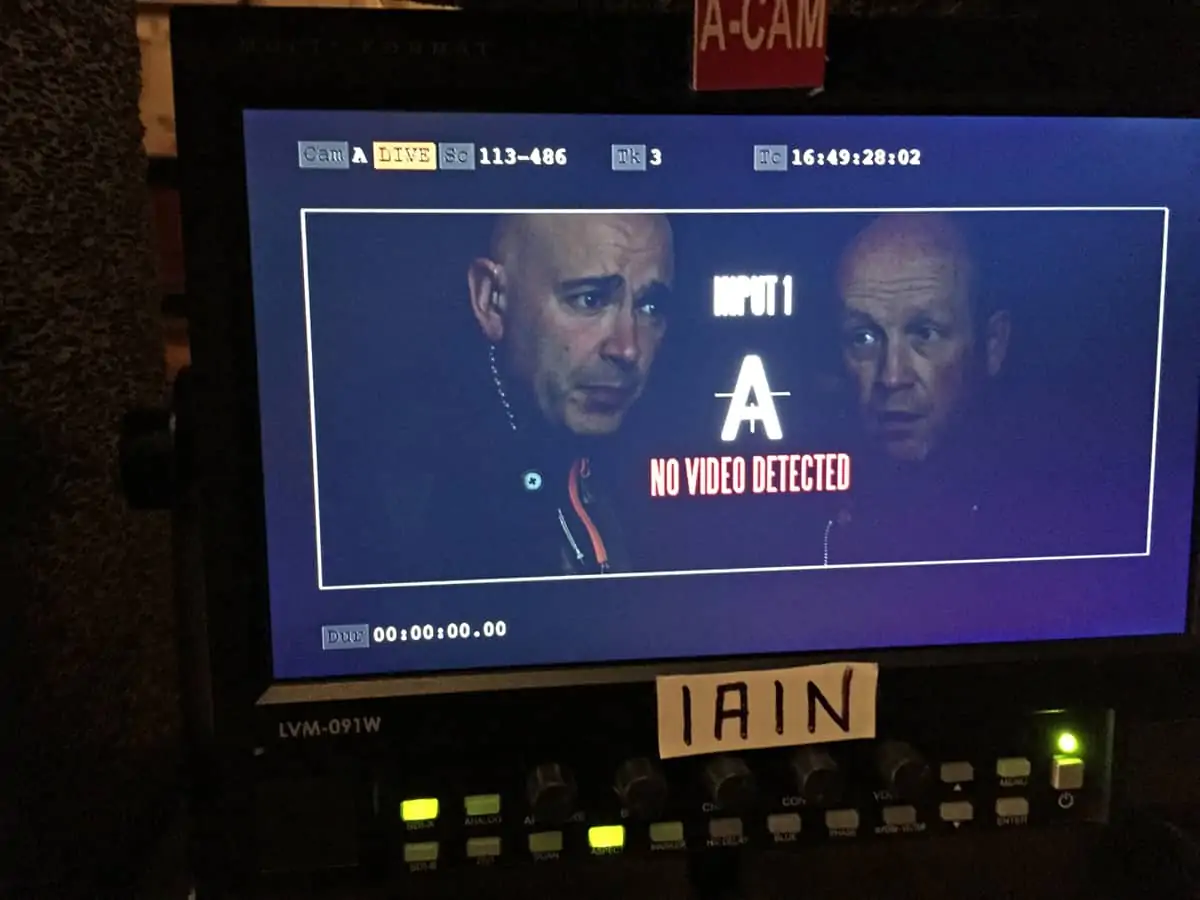
Cinematographer Danny Cohen BSC (The King’s Speech, Florence Foster Jenkins, A Very English Scandal) says:
The DP-gaffer relationship is very important, and never more so than now where jobs are getting bigger and more complex. You often end up shooting multi-camera sequences, or lighting two different stages at the same time, so you want to work with people who can handle juggling lots of balls at the same time. This is something Paul is really good at.
Also the technology is changing incredibly quickly – and in this respect lighting technology is no different to camera technology. Paul and his crew, with whom I have also been working for years, are right up-to-date with the latest lighting kit.
We have developed over the years a kind of shorthand understanding, which is odd because I can't understand a word Paul says! (He has quite a strong Glaswegian accent) I just scratch my head and we get on with it and it works.
Also, I think we have quite a similar sense of humour. When you do ridiculous hours, which isn't uncommon in this industry, it really helps if you are surrounded by friendly faces and people you get on with – and Paul is very good company.





